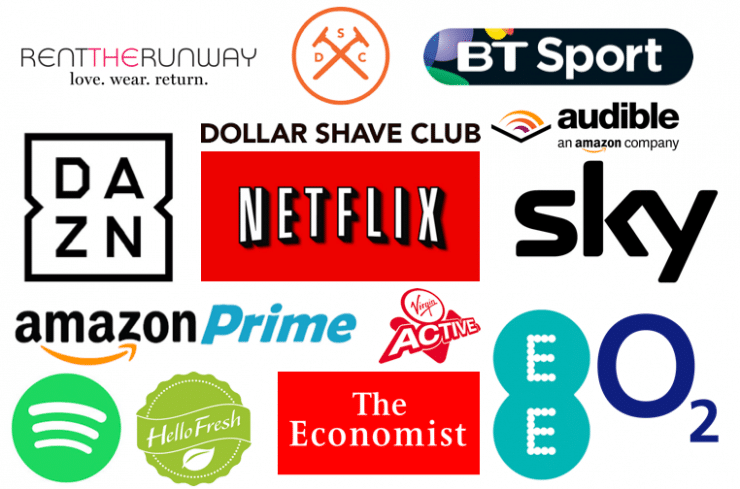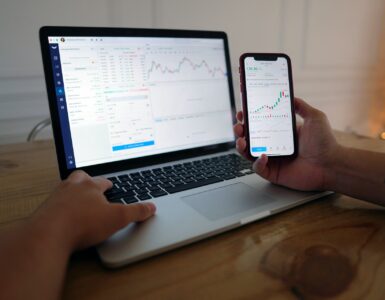When we look at our accounts each month, many of us are often a little shocked to see just how many monthly subscriptions we participate in — subscriptions for movies, clothes, food, and even razors.
In this blog post, we take a more in-depth look into the changing relationship between consumers and business and ask what does it mean for our finances?
What is the subscription economy?
The subscription economy is a new phrase coined to describe a new era of business models. Before the subscription economy, it was more about acquiring customers and then shipping the product in a one time deal. Now businesses are shifting the way they sell products to the consumer.
More and more products and services are being offered to people through subscriptions than ever before. The subscription-based business model is designed to keep the customer engaged and in long-term relationships. Think Spotify, Amazon, Netflix, Blinklist, Grammarly, Deliveroo and many more. These businesses are exploding with growth, and they provide a valuable customised service to many of us.
We now choose to get our music from Spotify, our video entertainment from Netflix and our clothes from Stitch Fix. Our purchasing habits are changing, and the subscription model has crept into every category imaginable.
How fast is our appetite for subscription-based services growing?
In a recent study by Zuora, ‘A Nation Subscribed‘, research indicates that 9 in 10 Brits choose to subscribe to their favourite stores, brands, and services instead of purchasing them on a ‘one-off’ basis, an 11% increase on the previous year. The uptick in adoption by the UK adult population has led to an average spend of £56 per month up from the £18.49 per month on subscription services seeing the average monthly spend triple in the past year.
Subscription-based companies are reaping the rewards. Amazon Prime video has seen a 41% year on year rise in subscribers now reaching 4.3 million households and Netflix now has 8.2 million households as customers compared to 6.6 million in the last year.
People often start subscribing to a service in one channel and then grow more comfortable over time and start subscription habits in others. It’s a trend that shows no sign of slowing down and one that is digging deeper into our pockets and disrupting multiple industries.
What does it mean for you?
The rise of the subscription services raises an interesting question. What does it mean for us in the long run? On the upside we get a more personalised service, businesses can learn more about our tastes and preferences and get the right products for our needs. We also enjoy greater conveniences such as same day delivery that we have become accustomed to.
On the downside, we can become locked into subscription services. It’s not uncommon to experience a free trial turning into a paid version that goes amiss in our busy and hectic lifestyles. In the worse case scenario, we can fall prey to sneaky subscription tactics that are costly and difficult to cancel.
As we continue to rack up numerous subscription services, we can lose track of our recurring costs each month across various accounts. Subscriptions can be one of the worse money leaks. We waste £448 million a month on unused subscriptions. It has become ever more challenging to efficiently track our subscriptions and know when someone is taking money out of your account.
It’s becoming more and more evident that we need greater tools at our disposal to manage our money and give a holistic view of our finances. Just as business is adapting to this new landscape, the consumer needs to adjust to the new environment to budget and manage costs effectively.







Add comment